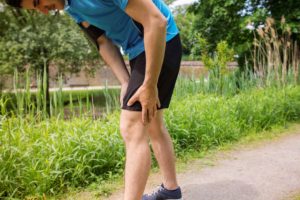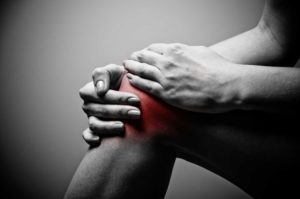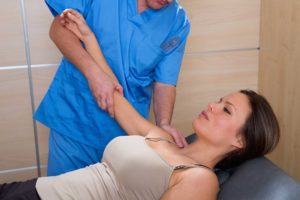If you’re an active athlete, you’re no stranger to the aches and pains that come along with consistently striving to do your best. The slight ache at the end of a great workout can serve as a small badge of honor – you showed up today.
Sore and tight muscles are one thing, but what do you do when you’ve injured a tendon? Because they receive drastically less blood flow than our meatier muscles, tendons can take longer to fully heal and often remain vulnerable long after the pain is gone.
One of the most common tendon injuries we treat at the Muscle Doc Method is patellar tendonitis. Also called “jumper’s knee,” patellar tendonitis causes knee pain, stiffness, and greatly impacts your jumping and running ability.
Let’s discover more about this common knee injury and what we can do to heal, restore, and prevent this issue from sabotaging your performance.
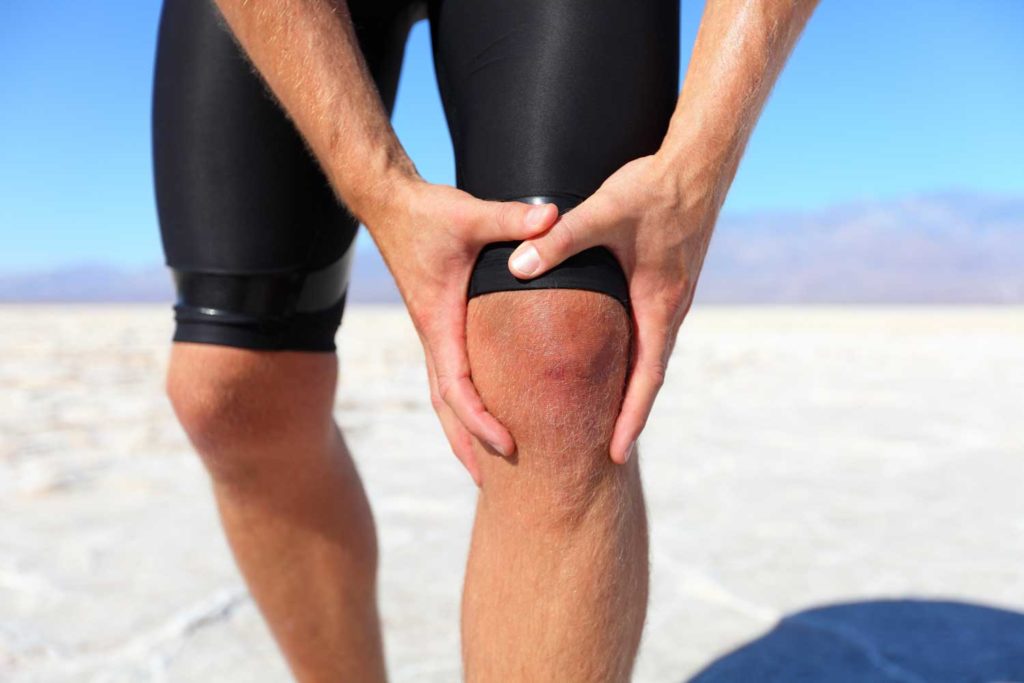
What is Patellar Tendonitis?
The patellar tendon is located just under the kneecap and attached to both the kneecap and the tibial tuberosity (a bumpy ridge at the top of the large bone of lower leg). This tendon acts like a pulley and is key in bending and flexing our legs at the knee joint. We rely on our patellar tendons anytime we run, jump, leap, or lunge.
Repeated or excessive strain on this tendon causes what we know as “patellar tendonitis.” In this condition, the patellar tendon becomes overstressed, inflamed, and painful.
You may know patellar tendinitis by its more colloquial name, “jumper’s knee.” Jumping is by far the most common activity that can strain the patellar tendon. During a jump, the quadriceps muscles contract explosively to straighten the knee and propel the legs into the air. Upon landing, the patellar tendon and quadriceps muscles absorb the shock of the ground.
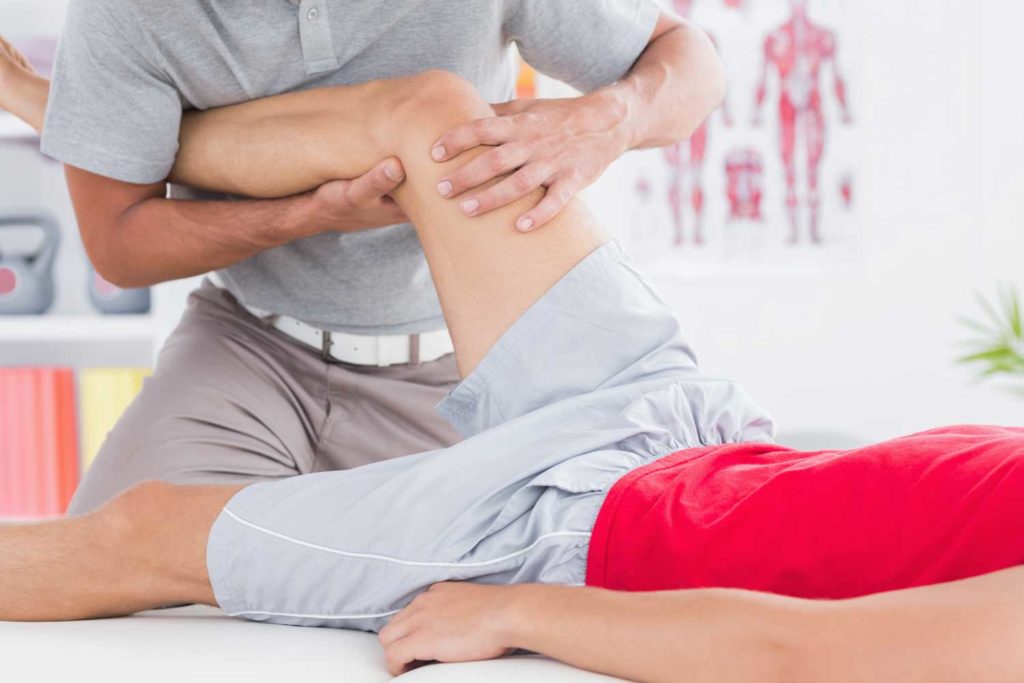
Causes of Patellar Tendonitis
Patellar tendonitis is considered an overuse injury. This means that it develops largely due to overuse, repetitive strain, and consistent micro-injury.
Frequent jumping can easily stress the patellar tendon and increase the likelihood for injury. A repeatedly strained tendon will eventually develop lesions or tears. Lesions are weakened, tense areas in the tendon. While the body is able to heal and repair these tears overtime, most active athletes are re-tearing their patellar tendons before complete healing has occurred. This leaves the tendons more vulnerable to weakness, pain, and injury.
Here are a few specific causes of patellar tendonitis that may be impacting your tendon’s ability to heal fully:
- Regular running and jumping
- Sudden increases or changes in the intensity of your activities
- New or different running shoes
- Tight quadriceps and hamstring muscles
- Muscular imbalance in the legs causing an uneven pull on the tendon
- Chronic illness or immune system weakness
What Does Patellar Tendonitis Feel Like?
Patellar tendonitis is an inflammation of the tendon that lies beneath the kneecap. As with most inflammatory conditions, there are a few key signs to know if you’ve developed patellar tendonitis:
- Pain or tenderness on the kneecap or just under it
- Pain with jumping, especially landing
- Pain while running or in any prolonged activity (even sitting)
- Pain that increases with an increase in physical activity
- Stiff knees, especially in the morning
- Swelling, redness, heat, or irritation in the knee
- Crunching sound or feeling with bending and extending the knee
The Effect of Patellar Tendonitis on Athletes
You don’t have to be an athlete to develop patellar tendonitis, but it is more common in those who regularly participate in exercise and sports. Anytime where the knee joint is overly stressed (such as in jumping or lunging) there is a risk of straining the patellar tendon.
Nevertheless, patellar tendonitis lives up to its name, “jumper’s knee.” Those who participate in sports with frequent jumping like basketball, volleyball, gymnastics, and dance are the most commonly affected athletes. Here are the biggest issues that athletes face when it comes to patellar health.
Improper training
Improper training is known to cause many injuries, and patellar tendonitis is no exception. Issues in your form while running or jumping can cause significant stress on your joints and tendons which will eventually cause pain and injury.
Action plan: Focus on training more intentionally and perfecting your practice, rather than striving for higher goals. Look for areas to improve your form or strengthen imbalanced leg muscles. When injured, it’s important to take a step back and re-evaluate your training, rather than move forward and putting your body at risk.
Sudden changes in training
Suddenly increasing the frequency or intensity of your training schedule can cause the patellar tendon to develop lesions and inflammation much quicker. Major changes in types of activity can also spur sudden changes in the health of your patellar tendon.
Action plan: Shift into new routines or activities gradually and avoid overworking your body. A gradual shift gives your musculoskeletal system the time to adapt, grow, and recalibrate to the new demands. A major shift is more likely to cause pain and even serious injury.
Tight or weak muscles
Tight or imbalanced muscle groups are common in the legs, where some groups of muscles are used more often than others. A tightness in the quadriceps muscle will naturally cause strain on the patellar tendon and will lead to difficulties with jumping and running exercises.
Action plan: Identify weak muscle regions or areas of tightness. Spend extra time stretching and supporting the legs and choose eccentric exercises (extending your leg then lowering it very slowly) to stabilize the knee cap. Seek out professional help with acupuncture and Graston therapy to reduce the pain and strain on your quadriceps, patellar tendon, and the full muscle chain of the leg.
The Muscle Doc Method Approach to Patellar Tendonitis
Christopher Brenner has combined a unique set of medical and therapeutic skills to provide the best in holistic sports medical care. The Muscle Doc Method approach has helped professional athletes and active amateurs, alike. With a well-developed plan and time-tested techniques, the Muscle Doc Method is the go-to source for recovering from – and preventing – patellar tendonitis. Here’s how it works:
Natural and Effective Solutions: Christopher Brenner is thoroughly trained in high-performance, holistic techniques that help to restore the body to its best form. During a session, you may experience targeted acupuncture, trigger point therapy, Graston technique, massage, cupping, or other modalities that can stimulate healing and regeneration of the tendon and prevent further injury.
Big Picture Strategy: The Muscle Doc Method always uses a well-rounded approach to treating any injury, including patellar tendinitis. While the knee and patellar tendon will often be treated directly, we will also focus on other areas of the body that contribute to an imbalance, stress, or pain in the patellar tendon. This often includes the quadriceps, hamstrings, and even the spine.
Dedication to Sustainable Healing: At the Muscle Doc Method, our work doesn’t stop when the pain is gone. Our goal is not just pain-relief, but sustained healing and prevention. Once the pain and inflammation are reduced, we focus on bolstering your body’s structure and function to prevent further injury and help support a long, active life.
Repair Patellar Tendonitis with the Muscle Doc
Are you suffering from knee pain or patellar tendinitis? Let’s get you jumping again. The Muscle Doc Method can help you restore the health of your tendons and say goodbye to painful, inflamed, and stiff knees.
Contact us today to learn more about we can help or book your visit here.

